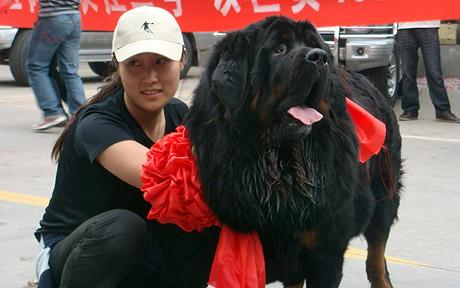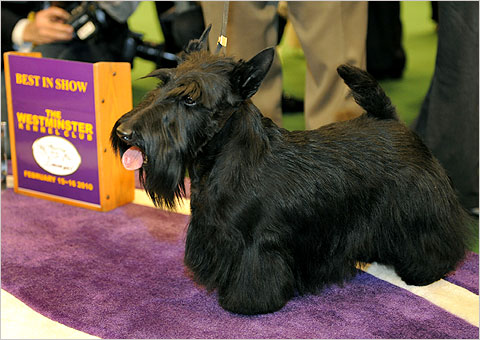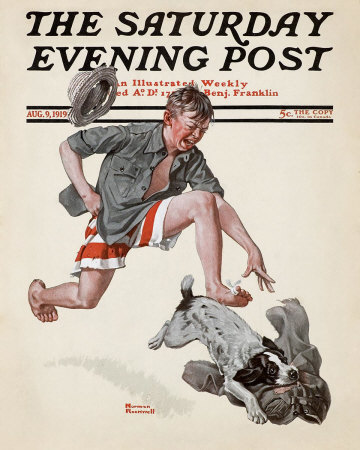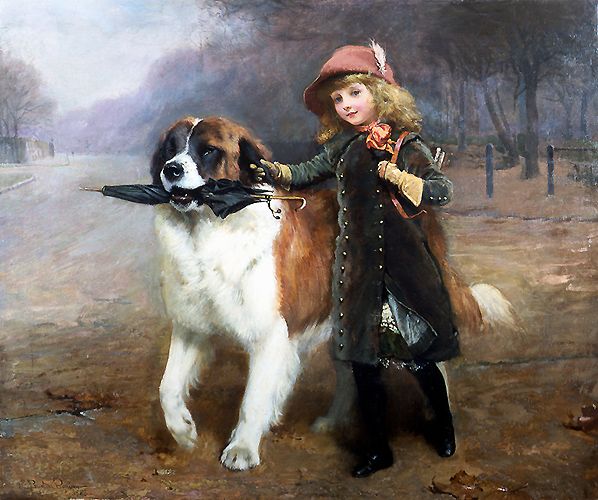“In order to be reputable it must be wasteful.”- Thorstein Veblen
Conspicuous waste. Publicized waste. Extravagance that the wealthy and socially powerful employ to distinguish themselves and mark their status. A point of honor and distinction at the core of western bourgeois values where the individual can be judged by the quality of his garbage. Its aggressive in nature, what Veblen would call predatory, since it is used to gain prestige through conspicuous waste.Thorstein Veblen’s analysis of consumption, which argues that consumption is driven by the desire to accrue prestige through conspicuous displays of leisure and consumption. So, consumption is then honorific and ceremonial, very much guided by the power of symbolism; material goods to disclose and infer that we are on the way up, and not because they are useful or practical, but because they invoke the will to power.
The same is applied to interpersonal relationships and the objectifying of the individual, gender politics ; all is fair game in the pursuit of invidious comparison, superiority over overs through what they own or control and the separation among individuals. A pecuniary respectability, inseparable from an expensive and wasteful scale of living. Almost everything is a marker of status that exists for show, even spouses, and not actually getting results, providing meaning or productive use. Call it honor and prestige through waste…
Anderson: Examples of some cultural habits that Veblen used throughout his work are manicured lawns and domesticated pets such as dogs. Well kept lawns are conspicuous in that their upkeep is obviously expensive not only monetarily, but in man-power and natural resources such as water. Veblen argues the same effect that is achieved by regimented landscaping could be accomplished by something as simple as a herd of
cattle being kept on the grounds, however, “a herd of cattle so pointedly suggests thrift and usefulness that their presence in the public pleasure ground would be intolerably cheap.

---To look like you’re rich in China, you have to get a Tibetan mastiff. I don’t know whether the breed they buy is the recreated dog that has been a source of intrigue in the dog fancy for many decades or the actual livestock guardian mastiffs that are found in Central Asia You can’t get better symbol of relative wealth in Chinese society. Meat consumption is on the rise, but most of the Chinese diet is plant matter. To own a carnivorous pet shows real changes Dog ownership is very strictly regulated, and in many areas, people are allowed only one dog. If you rely on your dog for anything, you have to choose one that is economical in size and broadly applicable in its utility. The dogs that are close relatives of the Western chow chow have to be good watch dogs and livestock guardians. They also have to have good pelts and produce nice carcasses to butcher. Now what could better tell the world that you’re up and coming than to own a dog that really has no purpose in an urban environment. The dogs look like lions, which are a symbol of luck in Chinese culture.--- Read More:http://retrieverman.wordpress.com/2010/03/25/veblens-theory-and-chinese-dogs/ image:http://www.telegraph.co.uk/news/worldnews/asia/china/6169578/Chinese-millionaire-spends-350000-on-rare-Tibetan-mastiff-dog.html
…This method of keeping grounds is comparatively inexpensive, therefore it is indecorous.” Veblen goes on to comment on the cultural
habit of removing trees and shrubbery that naturally occur and replacing it with plants that are not native to the area, which then require much more attention and resources. Thus, the inexpensiveness of leaving the natural growth takes away from the dignity and honor of the lawn and its owner….

---Initially an extravagance for the wealthy — Thorstein Veblen had pampered purebred companion dogs in mind when he coined the phrase “objects of conspicuous consumption” — the purebred dog became a mass-produced commodity in the decades following World War II. By my rough calculations, purebred dogs in general are as numerous, or nearly so, as mutts, or “mixed breeds” among our 77 million dogs. Pyrenean shepherdAssociated Press/Westminster Kennel Club A Pyrenean shepherd with a rough coat. Reports from around the world indicate that when the emerging middle class in developing countries want a dog, they most frequently buy a “Western” breed, while ignoring local street dogs — some of them ancient types — because they want the pedigree.--- Read More:http://roomfordebate.blogs.nytimes.com/2010/02/17/feeling-guilty-about-your-purebred-dog/
..Dogs and other domesticated pets are similar to this idea of ‘flash but no substance.’ As a pet, the family dog holds no ‘industrial’ purpose, and caring for a pet is expensive, wasteful, and using Veblen’s argument useless. “The dog has advantages in the way of uselessness as… [h]e is the filthiest of the domestic animals in his person and the nastiest in his habit.” Supporting this idea is the fact that dogs are bred for deformities such as small size and ‘attractive’ ears, which make them even more useless to have, and as such conveys more prestige. The less utility dogs and other pets have, the more they are considered culturally beautiful (another concept that Veblen connects to waste and the conspicuous)….
…These examples and others are described by Veblen as markers of status; the very fact that they exist merely for show, not for actual work or productive use is a testament to the wealth and status of their owners. The owners receive honor and prestige vicariously through this sort of waste. (The idea of ‘vicarious waste’ is one that can be found in multiple cultures at all class levels, but no where is it more practiced than by
the wealthy and powerful.)Read More:http://
ADDENDUM:
So, for instance, in our time there is the knowledge of the dead languages and the occult sciences; of correct spelling; of syntax and prosody; of the various forms of domestic music and other household art; of the latest properties of dress, furniture, and equipage; of games, sports, and fancy-bred animals, such as dogs and race-horses. In all these branches of knowledge the initial motive from which their acquisition proceeded at the outset, and through which they first came into vogue, may have been something quite different from the wish to show that one’s time had not been spent in industrial employment; but unless these accomplishments had approved themselves as serviceable evidence of an unproductive expenditure of time, they would not have survived and held their place as conventional accomplishments of the leisure class. …

Read More:http://www.best-norman-rockwell-art.com/list-of-norman-rockwell-saturday-evening-post-covers.html
…The dog has advantages in the way of uselessness as well as in special gifts of temperament. He is often spoken of, in an eminent sense, as the friend of man, and his intelligence and fidelity are praised. The meaning of this is that the dog is man’s servant and that he has the gift of an unquestioning subservience and a slave’s quickness in guessing his master’s mood. Coupled with these traits, which fit him well for the relation of status—and which must for the present purpose be set down as serviceable traits—the dog has some characteristics which are of a more equivocal aesthetic value. He is the filthiest of the domestic animals in his person and the nastiest in his habits. For this he makes up is a servile, fawning attitude towards his master, and a readiness to inflict damage and discomfort on all else. The dog, then, commends himself to our favor by affording play to our propensity for mastery, and as he is also an item of expense, and commonly serves no industrial purpose, he holds a well-assured place in men’s regard as a thing of good repute. The dog is at the same time associated in our imagination with the chase—a meritorious employment and an expression of the honorable predatory impulse. Standing on this vantage ground, whatever beauty of form and motion and whatever commendable mental traits he may possess are conventionally acknowledged and magnified. And even those varieties of the dog which have been bred into grotesque deformity by the dog-fancier are in good faith accounted beautiful by many. These varieties of dogs—and the like is true of other fancy-bred animals—are rated and graded in aesthetic value somewhat in proportion to the degree of grotesqueness and instability of the particular fashion which the deformity takes in the given case. For the purpose in hand, this differential utility on the ground of grotesqueness and instability of structure is reducible to terms of a greater scarcity and consequent expense….

Charles Burton Barber. Off to School. Read More:http://www.thefamousartists.com/charles-burton-barber/off-to-school
…The commercial value of canine monstrosities, such as the prevailing styles of pet dogs both for men’s and women’s use, rests on their high cost of production, and their value to their owners lies chiefly in their utility as items of conspicuous consumption. In directly, through reflection Upon their honorific expensiveness, a social worth is imputed to them; and so, by an easy substitution of words and ideas, they come to be admired and reputed beautiful. Since any attention bestowed upon these animals is in no sense gainful or useful, it is also reputable; and since the habit of giving them attention is consequently not deprecated, it may grow into an habitual attachment of great tenacity and of a most benevolent character. So that in the affection bestowed on pet animals the canon of expensiveness is present more or less remotely as a norm which guides and shapes the sentiment and the selection of its object. The like is true, as will be noticed presently, with respect to affection for persons also; although the manner in which the norm acts in that case is somewhat different.
The case of the fast horse is much like that of the dog. He is on the whole expensive, or wasteful and useless—for the industrial purpose….Read More:http://www.gutenberg.org/files/833/833-h/833-h.htm
———————————————
And yet, it seems, each assembled moment of excitement has served only to amplify the rhythmic vacancy of everyday life. Thorstein Veblen understood this early on; he knew that Henry Ford’s conveyer belts hummed inside the factory and out. ‘To take effectual advantage of what is offered as the wheels of routine go round, in the way of work and play, livelihood and recreation,’ Veblen (1990: 313-314) wrote in 1914, the consumer ‘must know by facile habituation what is going on and how and in what quantities and at what price and where and when…. The mere mechanics of conformity to the schedule of living implies a degree of trained insight….’
By the 1940s the Frankfurt School understood as well–understood that boredom and its mass-made alternatives formed a closed circle of control, an ever-spinning cycle of empty consumption. ‘The culture industry endlessly cheats its consumers out of what it endlessly promises. The promissory note of pleasures issued by plot and packaging is indefinitely prolonged,’ wrote Horkheimer and Adorno . ‘Entertainment fosters the resignation which seeks to forget itself in entertainment.’ Soon enough the Situationists understood, too, watching in horror as boredom, alienation, estrangement leaked out the factory door and into the entirety of everyday living. Occupying ‘the main part of time lived outside of modern production,’ the spectacle, Debord argued, becomes ‘the present model of socially dominant life,’ whether experienced as ‘information or propaganda, as advertisement or direct entertainment consumption.’
Vaneigem was more explicit: The affluent society is a society of voyeurs. To each his own kaleidoscope: a tiny movement of the fingers and the picture changes…. But then the monotony of the images we consume gets the upper hand…The same energy is torn from the worker in his hours of work and in his hours of leisure, and it drives the turbines of power…. So, it seems, those caught under the crush of modern boredom can find little relief in work or in consumption–in fact, their boredom becomes all the more visceral, all the more unbearable, as the unrequited promises of mass-produced excitement accumulate, and the modernist ethos of meaningful work and democratic participation becomes just another cheap con. Closing in from all sides, the contradictions of modern boredom create a strain of Mertonian proportions, an existential disjunction between expectation and experience. Read More:http://blogs.kent.ac.uk/culturalcriminology/key-papers/files/2011/03/ferrell-boredom.pdf







 COMMENTS
COMMENTS